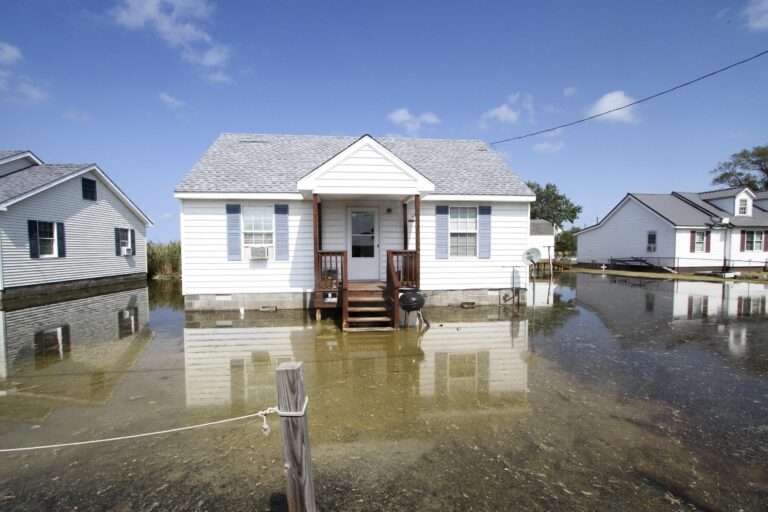Many areas of the world are prone to flooding. This is especially prevalent in regions with a lot of rain and poor drainage. In these areas, the risk of flooding is almost always present. The best way to protect your home from flood damage is by taking preventative measures. Here are eight tips for preventing floods.
1. Keep the Sewer System Clean
The first thing you should do to prevent floods is to keep the sewer system clean. Blockages can cause a lot of sewage to build up, which then leads to floods. To prevent this, you should have your sewer line inspected and cleaned every year. This is a very important part of preventing flood damage. In addition, you can install a good quality drain cleaner that can be used to clear out the drains in your home.
2. Repair Walls and Flooring
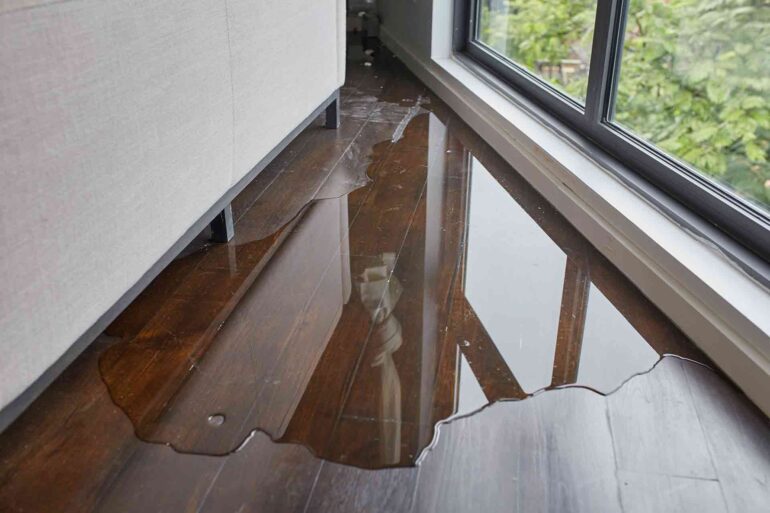
Adding additional strength to your home is essential for preventing flood damage. Install flat walls at least 6 inches thick to ensure the structural integrity of your house is not compromised by flood waters. Also, reinforce your flooring by installing a new wood or concrete surfaces on weak corners and joints where the floor meets walls or other objects, such as doors and windows. Rock-solid reputation in residential restoration usually stems from a reputation for quality and reliability.
3. Introduce Better Flood Warning Systems
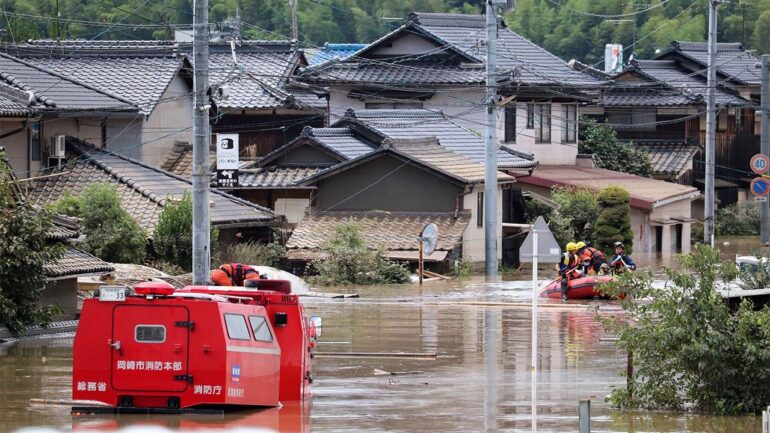
Several low-cost or even free flood warning systems can be installed in any home. This includes using flood sensors and alarms, which alert you as soon as water enters your home. These devices detect whether there is an increase in moisture content in the air or a sudden drop in temperature. You can also install sump pumps to remove excess water from your basement area and drain lines.
4. Create Flood Plains and Overflow Areas for Rivers
If your home is in a flood plain or a river with high water levels during periods of heavy rain, be sure to create an overflow area and plains around the area. This will ensure excess water is channeled away from the home to prevent flooding. Also, be sure that all drainage pipes are parallel to each other in the area so that they can carry water away quickly. This will also help stop water from spreading through the pipes and causing damage all over your house.
5. Install a Sandbag Basement Flood Barrier
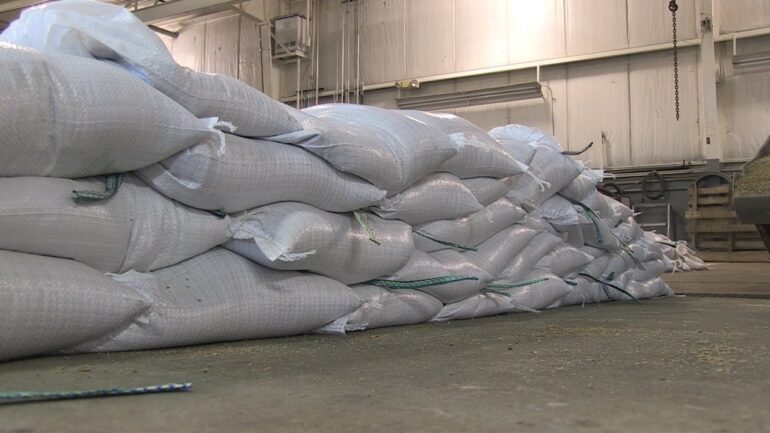
An easy way to protect your basement from flooding is by constructing sandbag barriers around the basement door. Be sure there are no holes in the barrier because any hole will allow water to seep through and into the basement, which could cause serious damage. The size of sandbags you require depends on how high your basement floor is off the ground and how big your door opening is. The sandbags are filled with a course or fine granular material chosen based on the area you are putting them in.
6. Use Water-Resistant Materials
Build a wall around your home made of concrete or blocks. This will help prevent water from seeping into the walls and flooring. If you have no choice, ensure that the materials you use are water-resistant or waterproof. For example, vinyl or concrete are good choices for roofing since they are impermeable and can handle heavy rain.
7. Get Flood Insurance
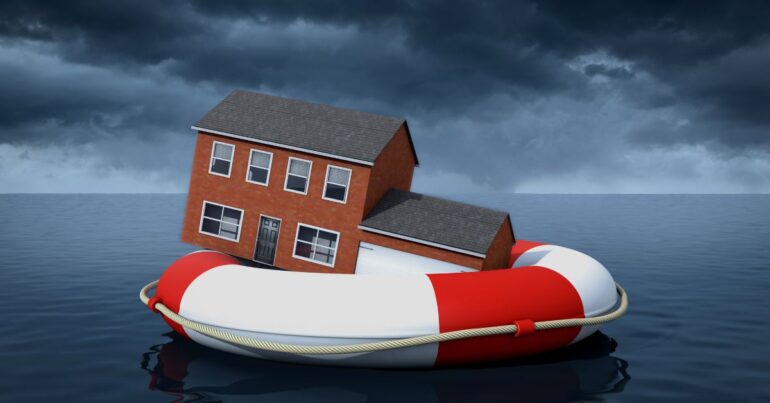
Although it is not advisable to have flood insurance on your house while it is under construction, it is a good idea if you already own your property. This will protect you from flooding if there is a severe storm or rain event. Before buying your home, be sure to determine the deductible and coverage amount on its flood insurance policy. The deductible is the amount you must pay out-of-pocket before your insurance company starts paying for damages. Also, find out what percentage of the coverage you have on your house.
8. Install Water Infiltration and Attenuation Systems
Install a system that diverts water away from your house. With this, you can ensure that excess water is directed toward the drainage system rather than just into your home. This will prevent soil erosion and reduce the risk of flooding. Your system should include a dry flood irrigation technique that helps regulate water flow into the natural drainage systems. Most areas rely on flooding instead of rainwater harvesting because it is more consistent.
If you are planning on building a house in an area where flooding is prevalent, it is important to consider these things before construction begins. If you plan ahead, you can protect your home against flood damage and unnecessary repairs.

